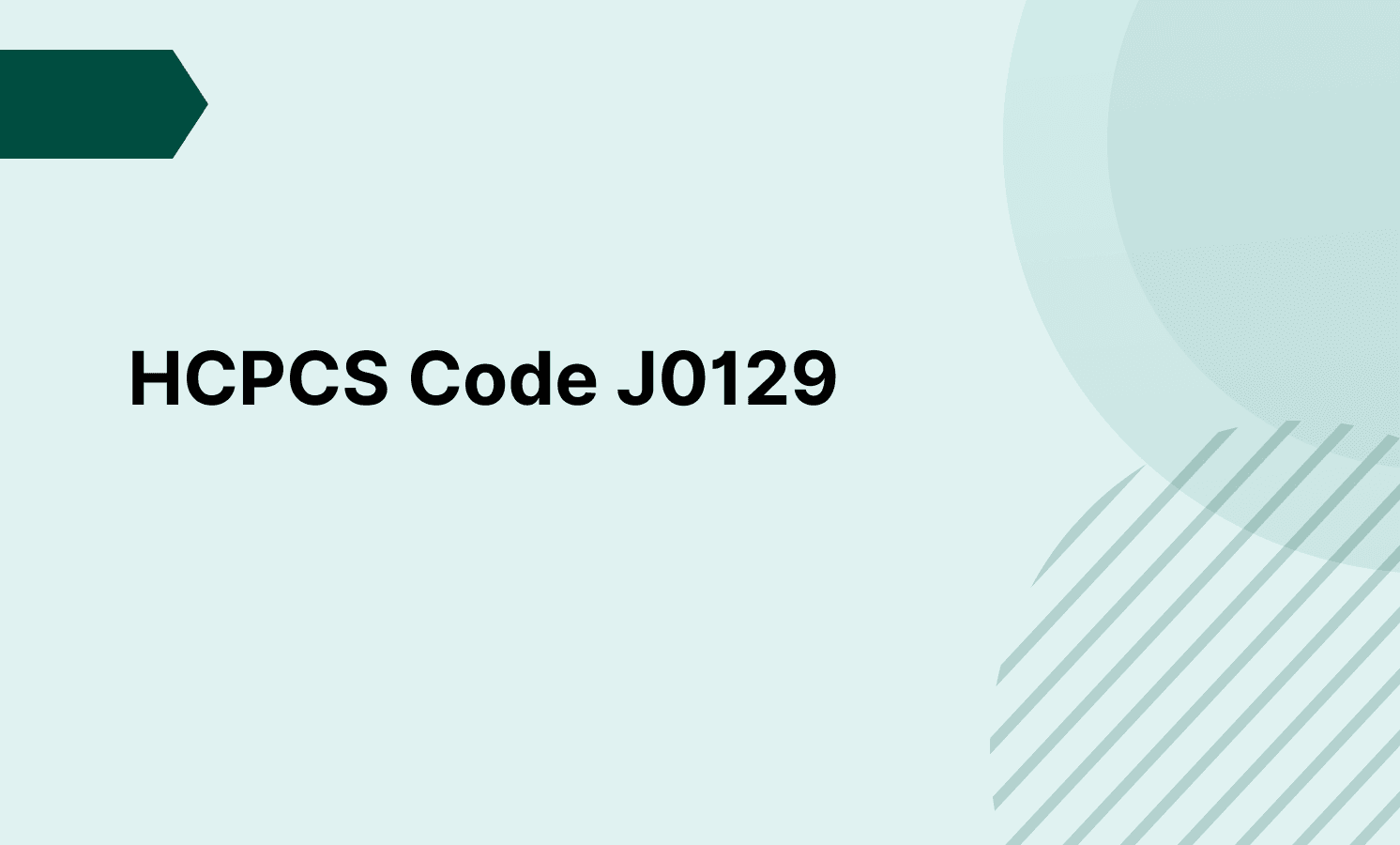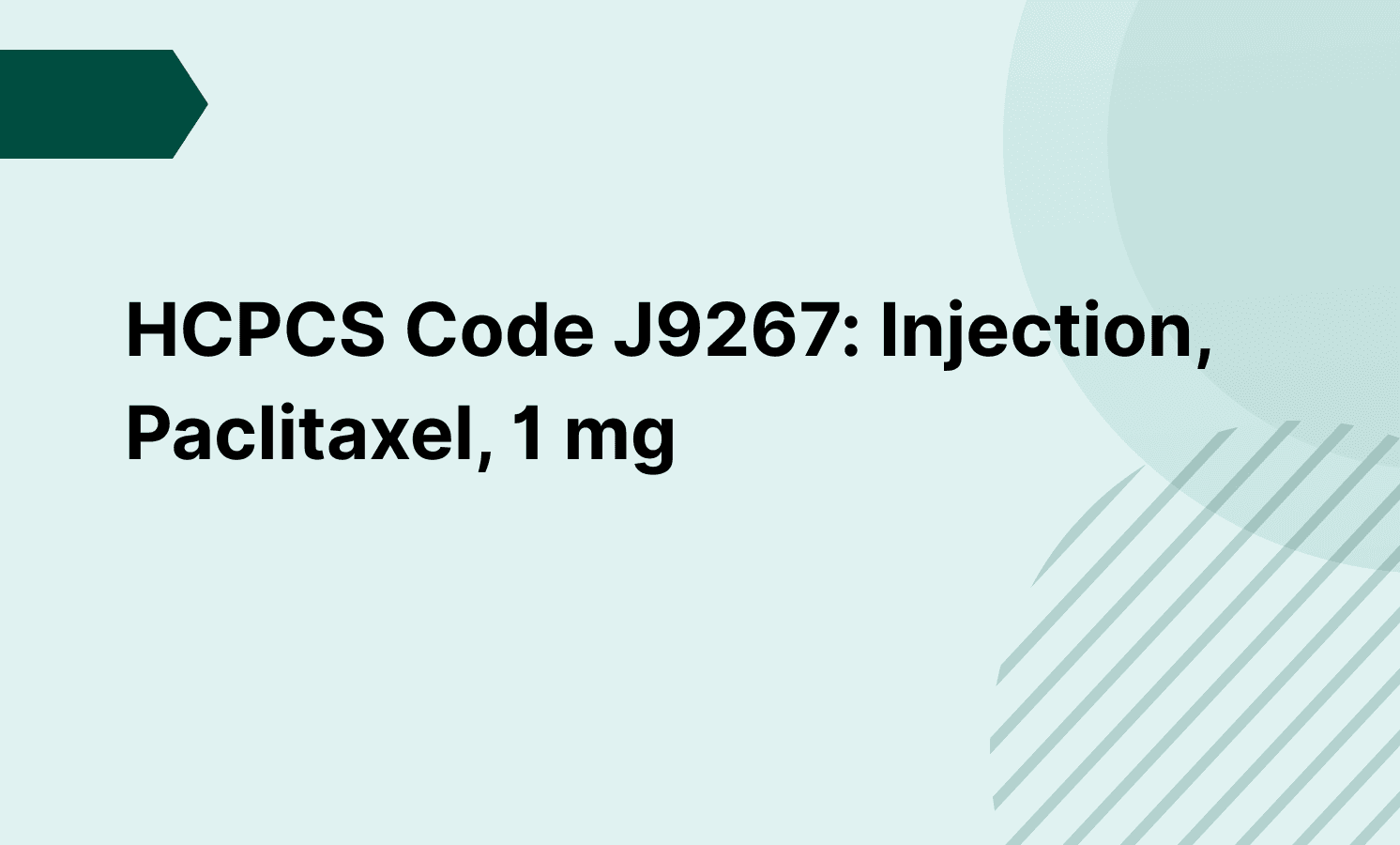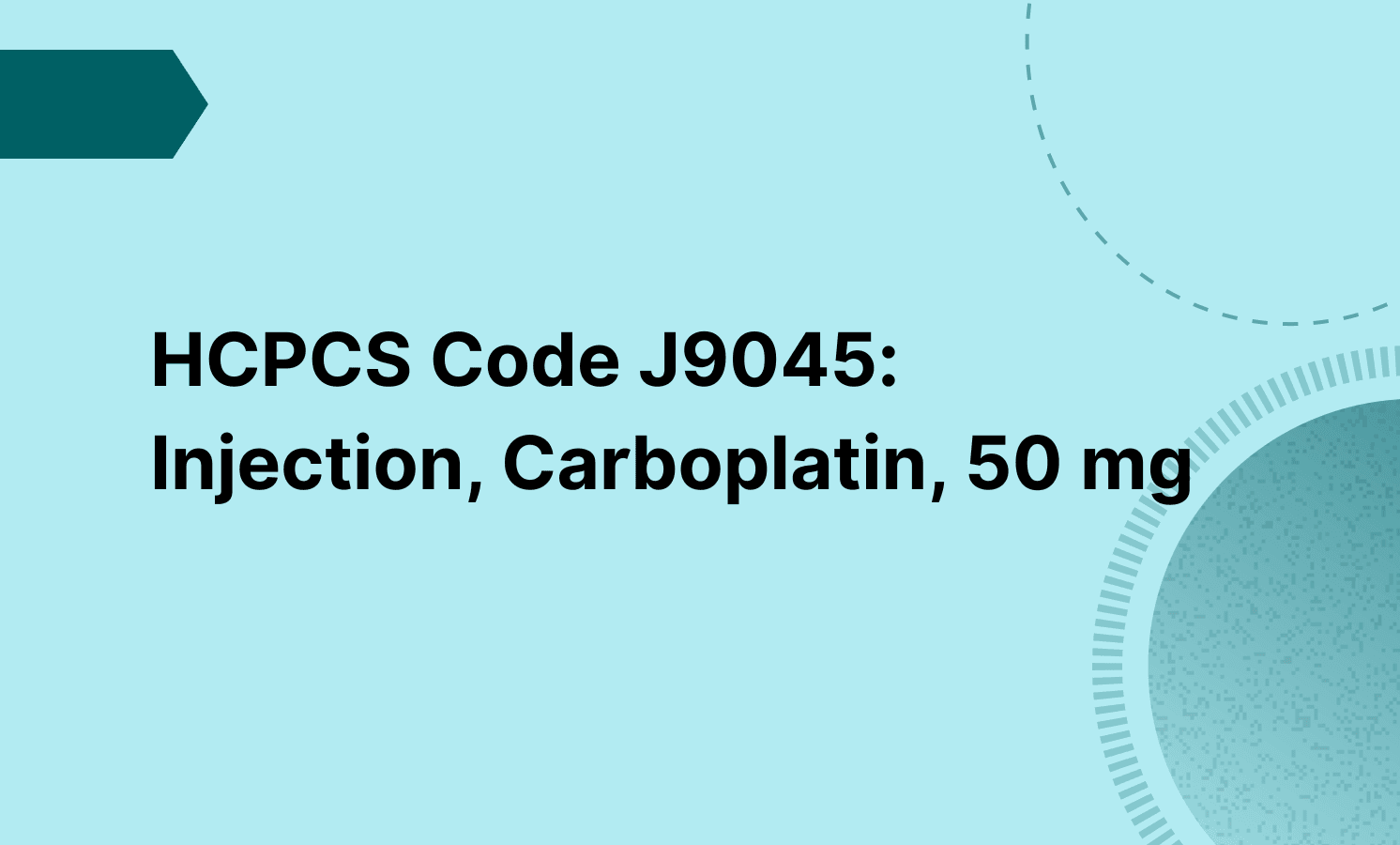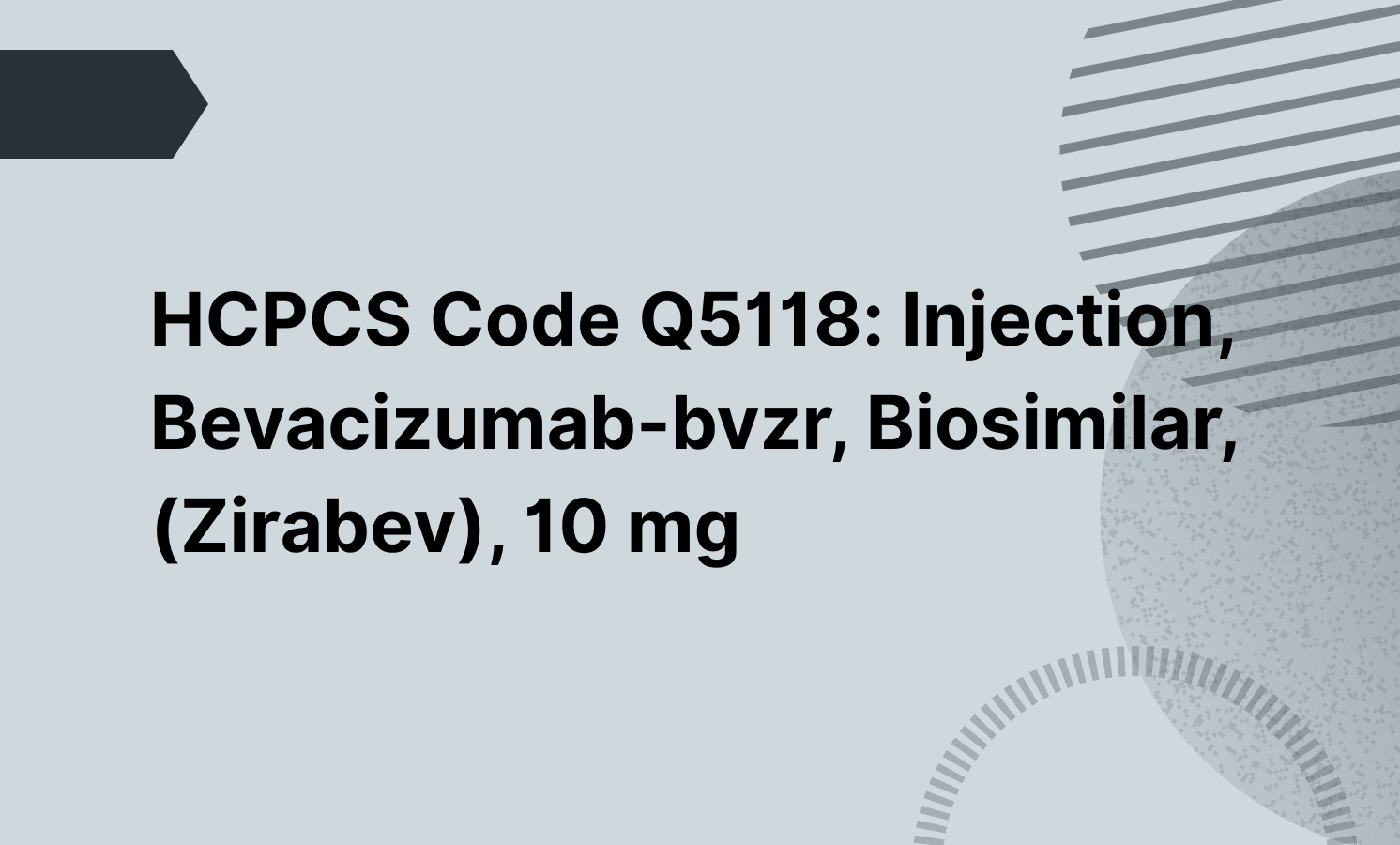Yes, but only when both approaches are medically necessary and properly documented. Use modifier -59 or XS to indicate separate procedures performed during the same session.
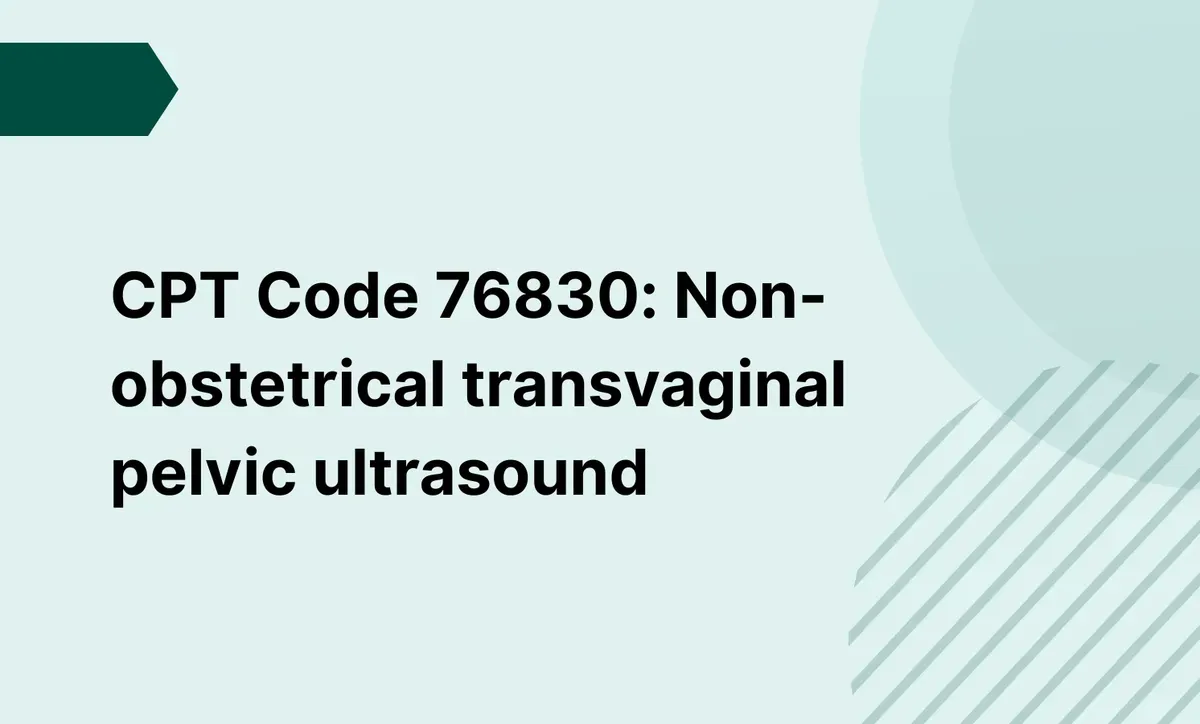
CPT Code 76830: Non-obstetrical transvaginal pelvic ultrasound
Learn how to accurately report CPT code 76830 for non-obstetrical transvaginal pelvic ultrasounds, including documentation requirements and billing rules.
Use Code
Frequently asked questions
Yes, many payers cover 76830 as part of infertility monitoring, provided medical necessity is documented. Prior authorization may be required depending on the payer and treatment plan.
Yes, CPT 76830 includes both the technical and professional components, meaning it covers image acquisition, interpretation, and reporting by the same physician or provider.
EHR and practice management software
Get started for free
*No credit card required
Free
$0/usd
Unlimited clients
Telehealth
1GB of storage
Client portal text
Automated billing and online payments


